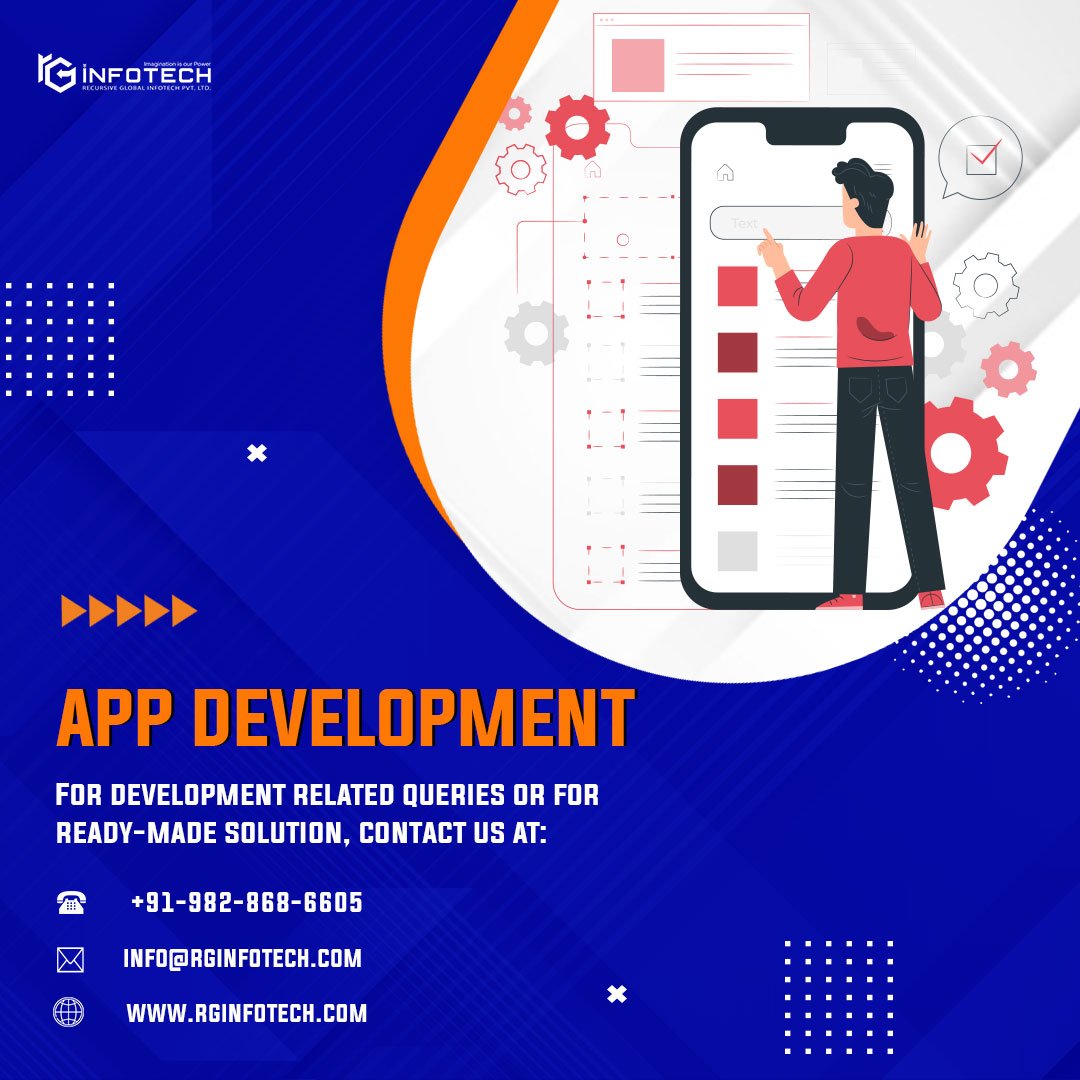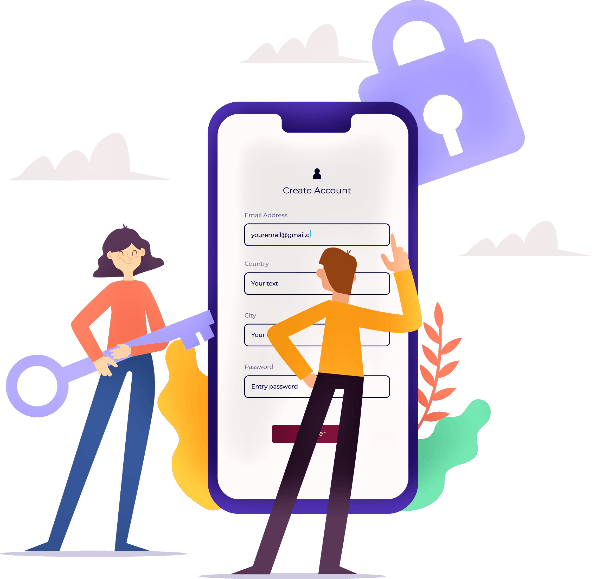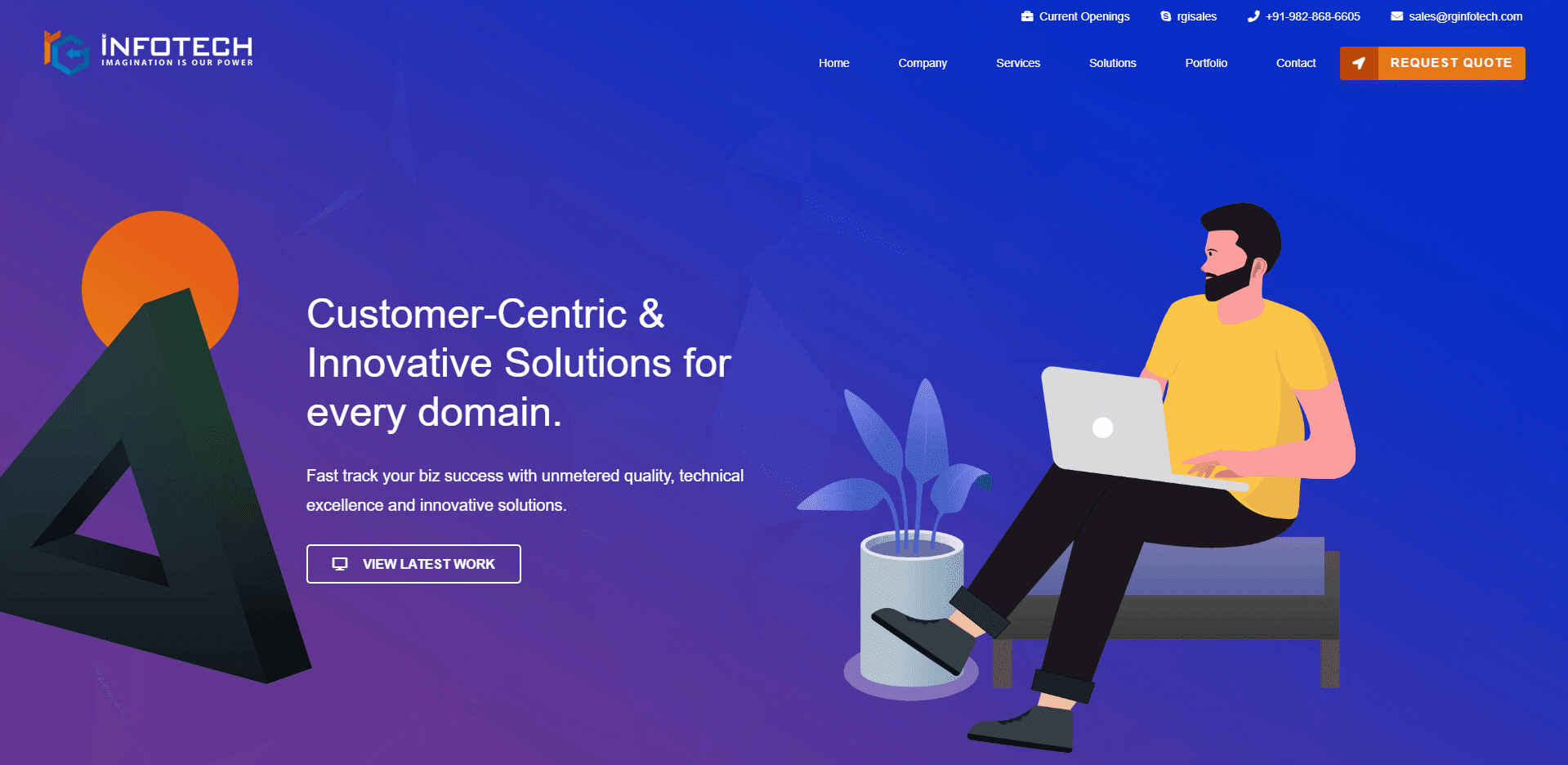Most-Used Container Security Tools for Developers in 2022
Containers are not deployed standalone within any environment. There are different container workloads that are deployed as its architecture such as Public (AWS, GCP, Azure) clouds, Private clouds (VMware), and hybrid clouds with the integration of traditional workloads while working on the computer side with server-less components.
The popularity of Container has attracted hackers and now requires security for the important areas.
What is a Container Security Tool?
Container security tools manage that everything is operating properly in the manner you intended. To secure the container, the security process must run continuously to protect the container host, its network traffic, and its management stack. The security tools also monitor the integrity of your build pipeline, app security, and foundation container layers within the app.
7 Container Security Tools!
Following are the 7 container security tools for App & Web developers to manage the operations running in the container.
01. Anchore
Anchore is a supply chain software, a secure and compiled solution for those businesses who want to improve their environment security. Users can be used Anchore in any type of container environment, whether it’s on-premises or in a public cloud. This security tool focuses on the static analysis and compliance for containers: pass or fail inspection of container images.
It is a developer-centric software providing assistance to DevOps by working on secure applications in the early stages. Anchore allows to use of two open-source container security tools – Gyrpe to scan container images and list out the vulnerabilities and Syt for SBOMs and to view dependencies with CLI tool.
Key Points:
- Support for role-based access control and six different role permissions
- Next-gen vulnerability scanner
- Open-source container tools for SBOMs and container vulnerability scanning
- DevOps integrations for collaboration software, CI/CD, image registries like Red Hat, and container orchestration platforms
- API for runtime compliance checks
- Kubernetes image scanning
Disability:
- Scanning and compliance are not sufficient for heavy enterprises.
02. Aqua Security
Aqua Security a.k.a AquaSec is a type of cloud-native solution that provides container security, Kubernetes security, serverless security products, etc. This tool is available for Linux and Windows, providing deployment solutions for both Cloud and on-premises. Businesses can view the rank of the vulnerability severity of container images. Moreover, it can be used for audit data to improve compliance for Kubernetes runtime environments.
Aqua Security, also has Aqua Dynamic Threat Analysis – a product used to analyze the images to examine the behavioral anomalies to find out the advanced malware, by placing images in the sandbox. It provides data on threats like code injections backdoors and cryptocurrency miners.
Key Points:
- For threat detection and behavioral anomaly using Aqua DTA
- Blocking activities that violate the policies
- Auditing data
- Secrets Management
- Scanning of container images
- Ranking of vulnerabilities
- Availability of image assurance policies
- To locate the risk in Kubernetes, availability of Aqua Risk Explorer
Disability:
- Aquara is best for Kubernetes and Docker and it less benefits the businesses that run containers on multiple environments.
Looking an app for your business?
Let’s discuss your idea with us on coffee.
03. Palo Alto
Palo Alto a.k.a Twistlock is a type of integrated solution for containers and workloads. It allows businesses to locate threats in their public cloud. In this tool, five cloud security modules integrate with each other – Cloud Security Posture Management, Cloud Workload Protection, DevSecOps, Cloud Infrastructure Entitlement, and Cloud Network Security. Container Security is part of Cloud workload Protection.
Prisma Cloud is a good option for mid and large enterprises that need high network security and visibility. To access and implement the solution, requires sufficient planning and ownership of security teams and DevOps.
Key Points:
- Availability of auto-remediation tool for misconfigurations
- Scanning and reports
- Hosts management console
- Resolve problems quickly and highly stable
- Using Public Cloud Environment views public cloud workload.
Disability:
- There is an improvement scope of compute functions and customers want more customization.
04. Qualys
Qualys Container Security is part of the 21 Qualys Cloud Platform Umbrella. Cloud Platform services are available for both cloud and on-premises deployment. Features like Container Runtime Security, allow enterprises to monitor runtime, container behavior policies, and analysis of broken during runtime.
By using this tool, users can see the metadata of each image and container.
Key Points:
- Add on the feature of Container Runtime Security
- Policy to block images
- Availability of both Pre-built dashboards and customizable dashboards
- Automatic generation of reports
- Offering CMDB Sync for Service Now CMDB integration
Disability:
- Customer feedback is negative towards their support
05. Snyk
Synk is designed by keeping developers’ requirements in mind to provide a security solution. It is used to find the license violations in Docker images and provides a report for each package. Synk is easy to implement and compliments multiple programming languages. Moreover, multiple integrations can be done like GitHub and GitLab connections for utility.
Users can search and company many open source projects, as it allows the safety and history of third-party dependencies.
Key Points:
- Automatic OSS scanning
- Many integrations available
- Integration available with GitLab and GitHub
- Codebase scans
- Good customer support
- Integration with CI/CD
Disability:
- Some users had complaints about integration challenges or inconsistencies.
Looking an app for your business?
Let’s discuss your idea with us on coffee.
06. StackRox
Recently Red Hat acquired a solution for container security named StackRox. It is used for the security and compliance of Kubernetes and Google Kubernetes Engine environments. StackRox is now part of the Open Shift Family, whereas Red Hat offers a community for open-sourcing and managing the security code of Kubernetes.
StackRox now belongs to the OpenShift family. Red Hat also offers a StackRox community for open-sourcing and managing Kubernetes cluster security code.
StackRox is capable of compliance to find whether nodes and clusters conform to regulations to fastly reach Docker and Kubernetes CIS benchmarks. Besides this, all businesses are allowed to remediate misconfigurations, including excessive privileges, and to design policies and deployment.
Key Points:
- Image blocking for vulnerable images
- Support available for third-party image scanners
- Configuration management and remediation of misconfiguration
- Openshift platforms, detection, and response in runtime
- Based on the traffic behavioral modeling, automatic generation of YAML files
- Identifying non-compliant clusters and nodes through policy templates via audit reports.
Disability:
- StackRox is not suitable for enterprises, as they run containers in other environments. It is heavily designed for Kubernetes only.
07. Sysdig
Sysdig works in both cloud and on-premises environments and is a solution for container, Kubernetes, and cloud security. Users can automatically scan the CI/CD pipelines, registries and also block the vulnerabilities before production. Sysdig vulnerability management solution scans both containers and hosts, which makes it easier for users to use only one tool.
Besides this, this tool is also offering the Cloud Security Posture Management which has misconfiguration notification and validation for multiple regulations. Also offers a Kubernetes native micro-segmentation and security of the zero-trust network.
Key Points:
- Automated image scannung in CI/CD
- Have CSPM
- Promtheus integration
- Kubernetes pod and node health slack notifcations
- Evaluation of hosts, kubernetes, containers, and cloud
- Advanced documentation features
Disability:
- Dashboard loads slowly, sometimes.
Conclusion
Hence, containerization has evolved into a deployment style which increased the requirement of these containers. The availability of such security tools helps to build a strong ecosystem for different environments. It is important to maintain the network layer security too. The popularity of containers has brought the attention of hackers, and the security of containers has become more important than ever. Can’t deal with it alone, contact expert app developers for the best assistance.




 rgisales
rgisales



